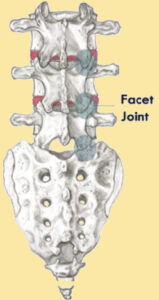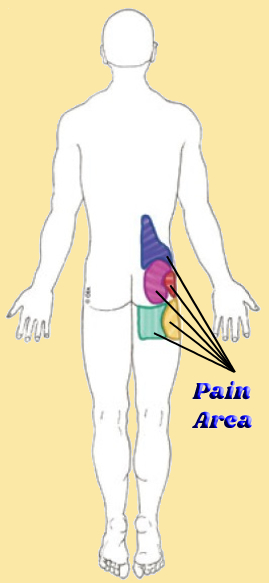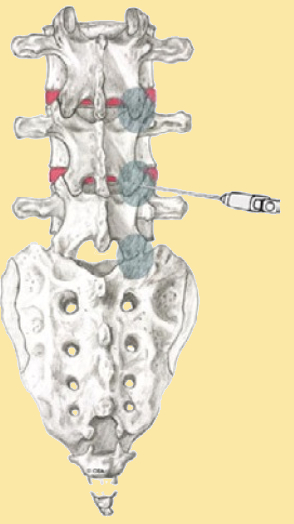What is
Lumbar Facet Injection
For Chronic Low Back Pain


A lumbar facet injection is an outpatient procedure for diagnosing and treating low back, buttock, hip, and groin pain.
In a lumber facet injection, a local anesthetic (numbing medicine) and corticosteroid (anti-inflammatory medicine) are injected into one or more of your lumbar facet joints.
The injection can be used to diagnose or treat. An anesthetic and steroid may be injected to see if they temporarily lessen your pain. If they do, and if this helps you move better, it tells the doctor which facet joint may be causing the pain. The corticosteroid is used to treat inflammation of the facet joint.
What are lumbar facet joints?
Facets joints connect the vertebrae, the bones of the spine. They help guide your spine when you move. The low back area of the spine is called the lumbar region. It contains five vertebrae.
Facets joints are found on both sides of the spine. Each is about the size of a thumbnail. Lumbar facets joints are named of the vertebrae they connect and the side of the spine where they are found. The right L4-5 facet joint, for example, joins the 4th & 5th lumbar vertebrae on the right side.
How do I know if I have lumber facet pain?
If you have pain in one or more of these areas, and if your pain has lasted longer than two months, you may have lumbar facet pain. Common tests such as x-rays or MRIs may not always show if a facet joint is causing pain.
What happens during the injection?
A local anesthetic will be used to numb your skin. The doctor will then insert a thin needle directly into the facet joint. Fluoroscopy, a type of x-ray, must be used to ensure the safe and proper position of the needle. A dye may also be injected to make sure the needle is correct spot.
Once the doctor is sure the needle is correctly placed, the medicine will be injected.

